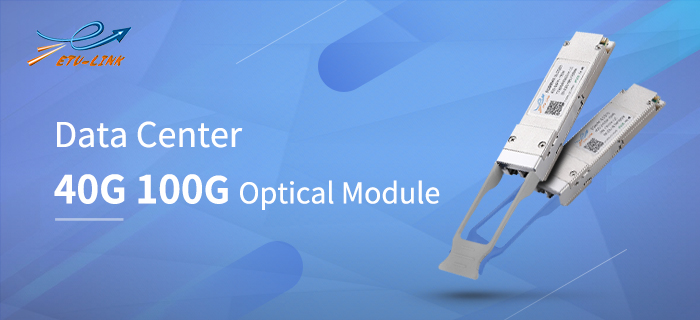
Principle and application of optical module in optical transmission
In the field of communication, due to electromagnetic interference, inter symbol interference and loss, wiring cost and other factors, the transmission of metal wire interconnection transmission is greatly restricted.
So the birth of optical transmission, optical transmission has high bandwidth, large capacity, easy integration, low loss, good electromagnetic compatibility, no crosstalk, light weight, small size and other advantages, so optical output is widely used in digital signal transmission.
Basic structure of optical module
As the core device of optical fiber transmission, the performance of optical module is determined by its performance. Optical module is a carrier used for transmission between switch and equipment. Its main function is to convert the electrical signal of equipment into optical signal at the transmitter. The basic structure consists of two parts: optical emission component and its driving circuit and optical receiving component and its receiving circuit.
The optical module consists of two channels, the transmitting channel and the receiving channel.

Structure and working principle of transmitting channel
The transmitting channel of the optical module is composed of electrical signal input interface, laser driving circuit, impedance matching circuit and laser module Tosa.
Its working principle is the electrical interface input of the transmission channel, through the electrical interface circuit to complete the electrical signal coupling, and then through the laser drive circuit in the transmission channel for modulation, and then through the impedance matching part for impedance matching to complete the signal modulation and drive, and finally sent to the laser (Tosa) electro-optic conversion into optical signal for optical signal transmission.
Structure and working principle of receiving channel
The receiving channel of optical module is composed of Rosa (photodetector diode (PIN) and transimpedance amplifier (TIA)), impedance matching circuit, limiting amplifier circuit and electrical signal output interface circuit.
Its working principle is that pin converts the collected optical signal into electrical signal in positive proportion, TIA converts the electrical signal into voltage signal, and amplifies the converted voltage signal to the required amplitude, and transmits it to the limiting amplifier circuit through impedance matching circuit to complete the signal amplification and shaping again, improving the signal-to-noise ratio and reducing the bit error rate. Finally, the electrical interface circuit completes the signal output.
Application of optical module
As the core device to realize photoelectric conversion in optical communication, optical module is widely used in data center. Traditional data center mainly uses 1G/10G low-speed optical module, while cloud data center mainly uses 40G/100G high-speed module. With the high-definition video, live broadcast, VR and other new application scenarios promote the rapid growth of global network traffic, in order to cope with the future development trend, cloud computing, Iaa S services, big data and other emerging application requirements put forward higher requirements for data transmission in the data center, which will promote the development of optical transceivers with higher transmission rate in the future.
![]()
![]()
![]()

In general, we choose optical modules mainly considering the application scenarios, data transmission rate requirements, interface types, optical transmission distance (fiber mode, required optical power, central wavelength, laser type) and other factors.
ETU-Link can provide customized services for different application scenarios, including customized operating temperature of optical modules. It can customize commercial and industrial optical modules according to your needs. The optical modules provided can support digital diagnostic function (DDM), which can effectively help users to monitor various parameters of optical modules in real time, such as temperature, received optical power, transmitted optical power, etc.
Categories
New Blog
Tags
© Copyright: 2025 ETU-Link Technology CO ., LTD All Rights Reserved.

IPv6 network supported
Friendly Links:
易天官网